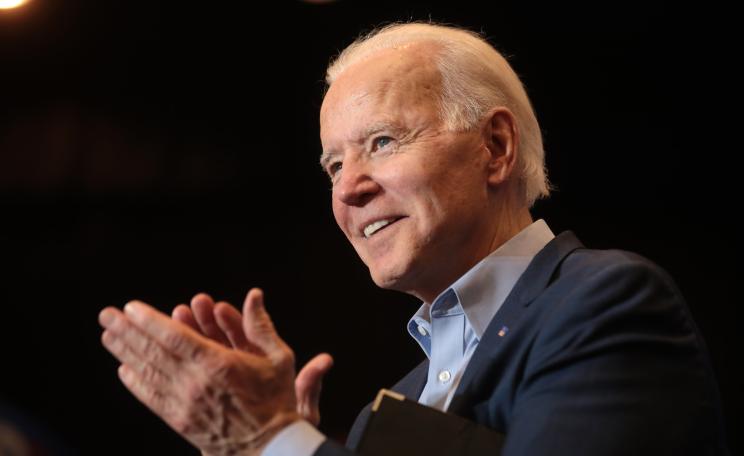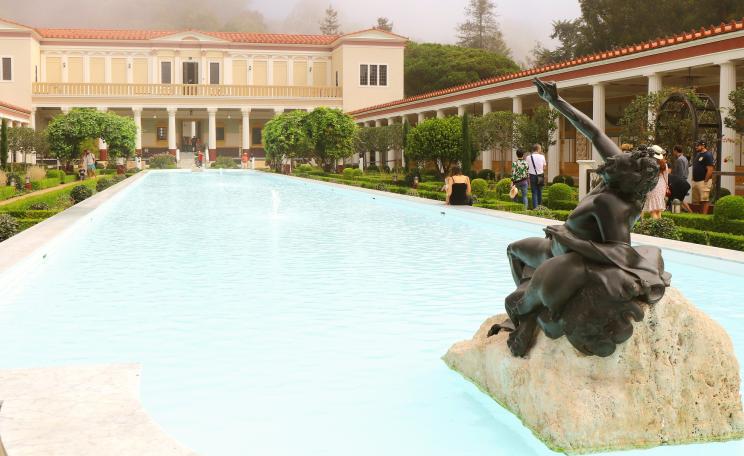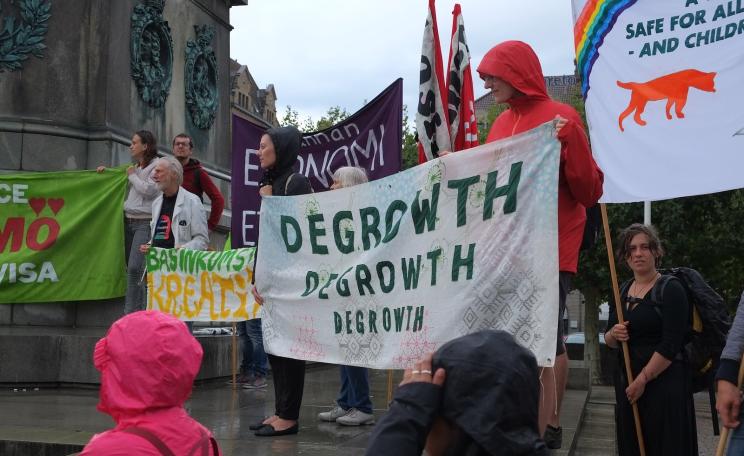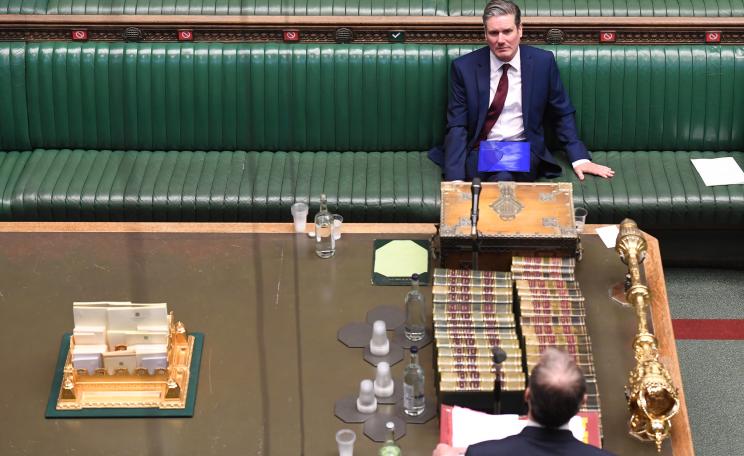A failing rail system is clearly a more profitable business than a functioning one.
As climate change intensifies, the imperative to shift our transport system away from polluting private cars to public transport – rail in particular – becomes increasingly urgent.
At the same time, amid an inflationary crisis, rail workers are at the forefront of a nationwide wave of strike action defending pay and conditions.
In Derailed: How to Fix Britain’s Broken Railways, Tom Haines-Doran puts the UK’s rail system in these political-economic contexts with a compelling account of its history, present conditions and future possibilities.
Privatisation
These days, the adverse effects of John Major’s rail privatisation and deregulation are unavoidable for anybody travelling by train. Explaining the root causes of the public’s main gripes, Haines-Doran frames the book as a dialogue with fellow passengers on an especially delayed service on the infamous London Euston to Manchester Piccadilly route.
Punctuality: why are trains so regularly delayed or cancelled? We learn that the rail system is suffering from a chronic lack of capacity. Austerity and fiscal conservatism has meant underinvestment in infrastructure which is now seriously lagging behind.
One solution is investment in electrification. Network rail say that nearly half of the UK rail network is electrified. If that was scaled, we would have greater capacity and fewer delays. But that requires a shift in investment-strategy from government and incentive for profiteering rail companies.
Cost: why are train fares so expensive? Haines-Doran makes a strong argument for the necessity of public ownership to achieve cheaper fares given the profiteering incentives of private companies.
Most frustratingly, the UK’s motor fuel duty escalator which was abandoned by then-Chancellor Gordon Brown in 1999could have raised enough money to make all of public transport free today. This is a missed opportunity of historic proportions as climate change demands we incentivise a rapid shift onto rail.
Strikes
Strikes: why is there so much industrial action on the railways? This chapter is timely given the national strike wave instigated in part by the RMT and fellow rail unions ASLEF and the TSSA.
We hear the usual tropes about greedy union barons from disgruntled passengers before Haines-Doran presents the case for strike action as one of the last safeguards against an entirely dysfunctional and hollowed out rail system.
A failing rail system is clearly a more profitable business than a functioning one.
Without militant rail unions, there may now not be a viable rail network to speak of.
They put the brakes on the parasitic excesses of a system reconfigured to prioritise the profit extraction of private companies over the needs of passengers.
Delay Repay
The most stark example of this is the system of Delay Repay. When trains are cancelled or delayed, passengers are entitled to a full or partial refund issued by train operators.
With trains so regularly disrupted, you might question how some make any profit.
Haines-Doran details that 60 per cent of delays are actually caused by Network Rail, rather than the train companies themselves, in which case the former automatically compensates the latter to be passed on to passengers.
However, because many passengers don’t know about the scheme or as many refunds would just be a few pounds, 63 per cent of passenger compensation is unclaimed. This means that train companies actually make £1.1bn a year on delays.
A failing rail system is clearly a more profitable business than a functioning one.
Just transition
Having laid out these gross systemic failings, Haines-Doran’s main conceptual innovation is the idea of a just transition for rail.
Just transition emerged from the US labour movement in the 1980s as job-threatening regulations were introduced around air and water pollution. While it has come to be used most commonly in association with the need to fairly transition from fossil fuels to renewable energy.
By applying just transition to rail, Haines-Doran puts the climate emergency front-and-centre in arguments for fixing the rail system. He also stretches the just transition concept to a level of abstraction that feels synonymous with ‘socially just climate policy’ rather than about the specifics of workers’ protections.
While rail workers are certainly a strategically significant workforce in the climate transition, the risks they face predominantly come from the neoliberal status quo rather than a modal shift that would expand the sector.
On the one hand, I question the applicability of the just transition concept to this context. On the other, we can remember that any moment of economic upheaval – whether expansionary or contractionary – can be used to erode workers’ rights and conditions.
Future
What would such an upheaval look like? Haines-Doran and I clearly share a commitment to rapid decarbonisation, a revitalised rail network, public ownership, and empowered trade unions. On some of detail, however, we diverge.
Considering the rise of home-working, he argues for reducing overall travel demand as part of the modal shift. Given how busy post-pandemic trains have been, I’m unconvinced the trend is enduring let alone desirable. Travel is good and we should advocate more, just by low-carbon means.
Relatedly, considering the limits of our ‘carbon budget’, Haines-Doran argues for a focus on improving our existing rail network with only limited additions. On the contrary, I’ve argued for a vision of public luxury through investment in high-speed rail between cities and countries.
The economic mobilisation required for decarbonisation will necessitate an initial wave of investment and resource use in the short-term. The pay-off is in the long-term as we’re left with infrastructure suitable for our ecological conditions.
Rail travel is a joy. Our argument should be for it to be quicker, cheaper and possible between every conceivable location. If we want to get people out of cars, we will need many more trains and tracks for them to run on.
Organising
How would we win such a system? As we continue to reel from the defeat of Corbynism, Haines-Doran is understandably concerned by the limits of Left-electoralism.
Instead, he argues for passenger campaigns in alliance with those focused on other modes of transport like buses. He is particularly interested in “don’t pay” campaigns promoting fare refusal. The most prominent example of which is the recent campaign in relation to energy bills.
If Derailed has a blind spot around grassroots campaigning, it is lack of consideration of the high-profile opponents rail construction.
The use of direct-action by so-called environmentalists to resist HS2 should cause concern for anyone demanding investment in rail expansion.
How we reconcile this reactionary tendency of environmentalism with a political coalition interested in social and ecological progress is a difficult but crucial question.
The state
Given the defeat of Corbynism and neoliberal capitalism’s undermining of both workplace and community organising, forging new coalitions and innovative modes of grassroots organising is clearly necessary.
However, if our ambition is to transform the UK’s transport system as part of a historic model shift, we cannot abandon the state as a terrain of struggle.
As I argue in my own book, Burnt: Fighting for Climate Justice, the state is the only political body capable of administering the climate transition at the scale and with the urgency required
Whether we seek to capture state power or influence it from outside, question of how we leverage it in favour of a rail system that works for people and planet is unavoidable.
This Author
Chris Saltmarsh is a co-founder of Labour for a Green New Deal and is the author of Burnt: Fighting for Climate Justice.







